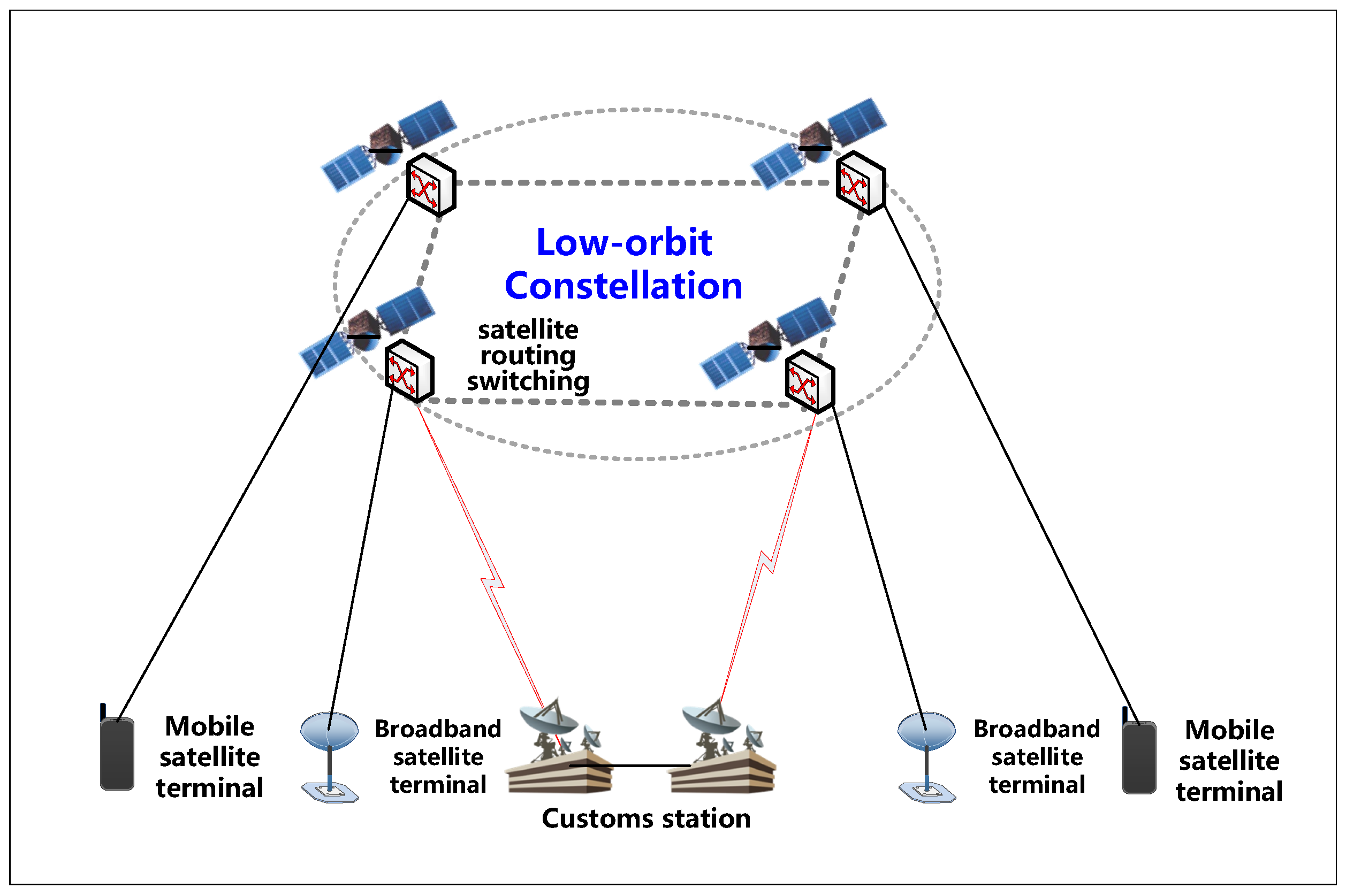Amazon’s Project Kuiper

- 02 May 2025
In News:
Amazon successfully launched the first 27 satellites of Project Kuiper aboard an Atlas V rocket from Cape Canaveral Space Force Station, Florida. This marks the beginning of a large-scale effort to deploy a global satellite internet network to compete with SpaceX’s Starlink.
What is Project Kuiper?
Project Kuiper is Amazon’s satellite-based broadband project aimed at delivering high-speed internet across the globe, especially in underserved and remote regions, using Low Earth Orbit (LEO) satellites.
- Implementing Agency: Amazon
- FCC License: Approved in July 2020 by the US Federal Communications Commission
- Launch Name: KA-01 (Kuiper Atlas 1)
- Total Satellites Planned: 3,232 satellites in LEO (~630 km altitude)
- Current Launch: 27 satellites deployed; over 80 launches are planned to build the full constellation.
Objectives
- Provide affordable, high-speed internet to users across the globe.
- Support education, healthcare, disaster response, rural connectivity, and government services.
- Serve sectors requiring resilient communications in low-connectivity areas.
Internet Speed Tiers
Terminal Type Speed
Compact (Home Use) Up to 100 Mbps
Standard (Schools/Hospitals) Up to 400 Mbps
Large (Govt/Enterprise) Up to 1 Gbps
Comparison with Starlink and Other Satellite Internet Systems
Network Organisation Satellites Planned Current Status
Starlink SpaceX 40,000+ ~7,200 operational satellites; 5M+ users
OneWeb UK/India 648 Hundreds in orbit
Telesat Lightspeed Canada 298 In development
Guowang China 13,000+ Under planning
Project Kuiper Amazon 3,232 First 27 launched (May 2025)
How Satellite Internet Works
- Constellation: A network of satellites working in coordination to provide continuous global coverage.
- LEO Orbit: Satellites operate between 500–2,000 km altitude, offering low latency (20–40 ms).
- Ground Stations: Transmit and receive data to and from satellites.
- Inter-satellite Links: Use lasers/radio waves to relay data between satellites.
- AI-based Routing: Manages network traffic and reduces lag.
Technical Features
- Frequency Bands Used:
- Ka-band: High speed, weather-sensitive
- Ku-band: Balanced speed and reliability
- C-band: Slower, good in poor weather
- V-band: Experimental, ultra-fast but obstructed easily
- ACM Technology: Adjusts signal strength dynamically during adverse weather conditions.
Challenges
- High Cost: Satellite launches and user equipment are expensive.
- Weather Sensitivity: Rain and storms disrupt signals, especially in Ka/V bands.
- Space Debris Risk: Dense constellations increase chances of satellite collisions.
- Astronomical Interference: Bright satellite trails obstruct telescopic observations.
Strategic and Commercial Implications
- Project Kuiper marks Amazon’s entry into a growing space-based internet economy, competing with SpaceX’s Starlink.
- Expected to play a commercial and strategic role, including possible defence applications.
- With over 80 launches planned, Amazon will use various launch providers including ULA, Arianespace, Blue Origin, and SpaceX.
